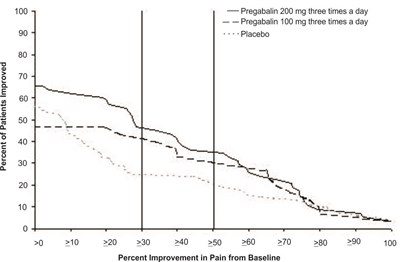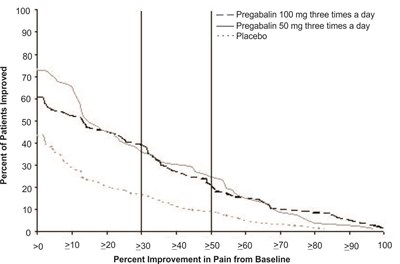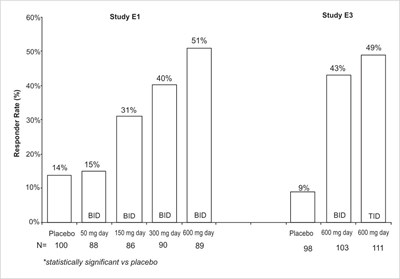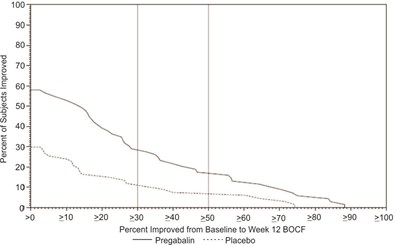Product Images Pregabalin
View Photos of Packaging, Labels & Appearance
- Bottle Label 25 mg - 71610 0792 30
- Aphena Pharma Solutions - TN - Aphena
- equation - pregabain gault equation
- fig-01 - pregabalin figure 01
- fig-02 - pregabalin figure 02
- fig-03 - pregabalin figure 03
- fig-04 - pregabalin figure 04
- fig-05 - pregabalin figure 05
- fig-06 - pregabalin figure 06
- fig-07 - pregabalin figure 07
- fig-09 - pregabalin figure 09
- fig-10 - pregabalin figure 10
- fig-11 - pregabalin figure 11
- fig-12 - pregabalin figure 12
- str - pregabalin structure
Product Label Images
The following 15 images provide visual information about the product associated with Pregabalin NDC 71610-792 by Aphena Pharma Solutions - Tennessee, Llc, such as packaging, labeling, and the appearance of the drug itself. This resource could be helpful for medical professionals, pharmacists, and patients seeking to verify medication information and ensure they have the correct product.
equation - pregabain gault equation
This text appears to be a formula for calculating an estimated creatinine clearance value (CLCr) in a patient. It takes into account the patient's age, weight, and serum creatinine level. The formula for male patients is CLCr = 1140 - age (years) x weight (kg), while for female patients it is CLCr = (1140 - age (years) x weight (kg)) x 0.85.*
fig-02 - pregabalin figure 02

This text appears to be a graph or chart showing the percent improvement in pain from baseline for patients who took either Pregabalin 100 mg three times a day or Placebo. The graph shows percentages ranging from 10% to 100% for the improvement in pain.*
fig-03 - pregabalin figure 03
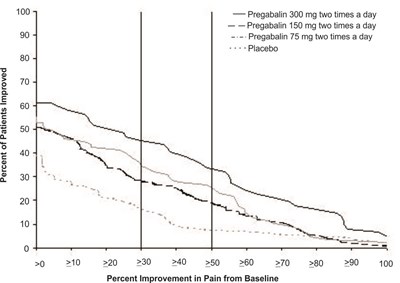
This text appears to be presenting a chart or table showing the percent of patients who have experienced improvement from different doses of pregabalin medication, as well as a placebo. The chart displays four different dosage options: 300 mg twice a day, 150 mg twice a day, 75 mg twice a day, and a placebo. The percentages are listed in increments of 10, from 0% to 100%, indicating the percent improvement in pain from a baseline measurement.*
fig-09 - pregabalin figure 09

This text appears to be describing the percentage of patients who have experienced improvement in their condition, specifically related to pain. It suggests different daily doses of pregabalin (600 mg, 450 mg, and 300 mg) and a placebo were given to the patients. The text also lists percentages ranging from 20% to 100% to represent the level of improvement in pain from a baseline measurement.*
fig-10 - pregabalin figure 10

This text appears to be a table showing the estimated percentage of subjects without LIR (likely to refer to a medical condition or side effect) for different treatment groups. The treatment groups mentioned are "Pregabalin" and "Placebo". The table also includes a timeline in days, ranging from 80 to 180. However, without clear context or additional information, it is difficult to provide a more specific description.*
* The product label images have been analyzed using a combination of traditional computing and machine learning techniques. It should be noted that the descriptions provided may not be entirely accurate as they are experimental in nature. Use the information in this page at your own discretion and risk.



